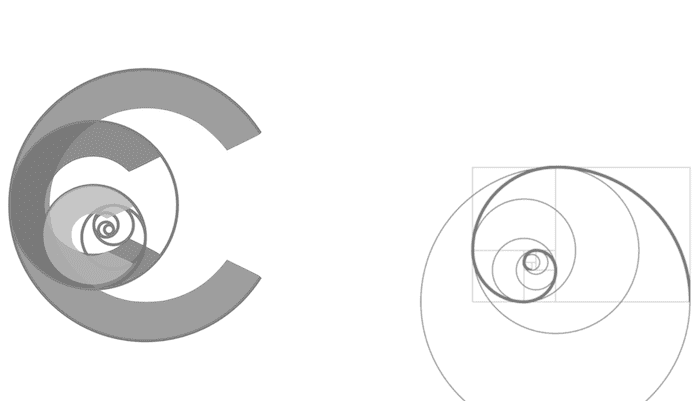Pressure Areas and Pressure Ulcers
OVERVIEW
International NPUAP-EPUAP Pressure Ulcer Definition
- A pressure ulcer is localized injury to the skin and/or underlying tissue usually over a bony prominence, as a result of pressure, or pressure in combination with shear
- A number of contributing or confounding factors are also associated with pressure ulcers; the significance of these factors is yet to be elucidated
Pressure ulcers are preventable!
PATHOPHYSIOLOGY
Predisposing factors (4Ps)
- pressure +/- shear
- poor perfusion
- poor healing
- poor ‘padding’ / prominence’s
Development of pressure ulcers
- can develop within 2-6 hours
- most vulnerable areas are the heels, coccyx, sacrum, femoral trochanter (bony prominences)
- skin and subcutaneous tissues compressed or subjected to shear forces
-> decreased perfusion
-> tissue necrosis
RISK FACTORS
Patient and care characteristics
- advanced age
- male
- white race
- smoker
- low BMI
- impaired mobility
- urinary and faecal incontinence
- history of pressure ulcers
- altered mental state
- fever
- hypotension
- requiring physical restraints
- inadequate care
Comorbidities
- malignancy
- diabetes mellitus
- stroke
- pneumonia
- heart failure
- sepsis
- malnutrition
- renal failure
Laboratory
- anaemia
- lymphopenia
- hypoalbuminaemia
ASSESSMENT
Assess risk score (various risk scales are in use — none are validated in critical care settings)
- Braden score
- Norton score
- Waterlow score
Assess ulcer features and possible causes
- ulcer location, area, depth, drainage, tissue type present and presence of cellulitis
- ulcer staging
- underlying risk factors and reversible conditions
International NPUAP-EPUAP pressure ulcer staging (detailed description here and images here)
- Stage I: Non-blanching erythema
- Stage II: Partial thickness
- Stage III: Full thickness skin loss — involving subcutaneous tissue (underlying fascia is intact)
- Stage IV: Full thickness tissue loss — involving underlying bone, tendon, muscle or cartilage
Various other staging systems exist
MANAGEMENT
Overview
- aim to provide the ulcer the optimal environment for healing
- evidence base is lacking
Prevention
- risk assessment and monitoring
- treat underlying critical illness and reversible factors
- mobilize
- manage urinary incontinence and diarrhoea
- avoid pressure and friction e.g. 2 hourly repositioning, appropriate padding and mattresses
- ensure adequate nutrition
- skin care e.g. keep clean and dry
- minimise sedation
- promote wound healing e.g. stop medications that impair wound healing, control diabetes, optimise local and systemic perfusion
- staff education
Specific therapy
- Debridement
– mechanical (wet to dry gauze)
— autolytic (dressings that promote breakdown of necrotic tissue by body’s own enzymes)
— enzymatic (proteolytic enzymes)
— scalpel or laser debridement
— maggot therapy - Managing bacterial burden
– silver impregnated dressing or silver sulfadiazine - Exudate management
– avoid excessive moisture
— > 300 dressings available! - Monitor healing
- Surgery rarely required
— direct closure, skin grafting, skin flaps, musculocutaneous flaps, free flaps, stents and revascularisation - Adjunctive therapies
— electrical stimulation, topical growth factors, skin equivalents, hyperbaric oxygen
Supportive care and monitoring
References and Links
Journal articles
- Agrawal K, Chauhan N. Pressure ulcers: Back to the basics. Indian J Plast Surg. 2012 May;45(2):244-54. PMC3495374.
- Health Quality Ontario. Pressure ulcer prevention: an evidence-based analysis. Ont Health Technol Assess Ser. 2009;9(2):1-104. PMC3377566.
FOAM and web resources
- National Pressure Ulcer Advisory Panel (NPUAP)
- Australian Wound Management Association — Publications (includes pressure ulcer guidelines)

Critical Care
Compendium
Chris is an Intensivist and ECMO specialist at The Alfred ICU, where he is Deputy Director (Education). He is a Clinical Adjunct Associate Professor at Monash University, the Lead for the Clinician Educator Incubator programme, and a CICM First Part Examiner.
He is an internationally recognised Clinician Educator with a passion for helping clinicians learn and for improving the clinical performance of individuals and collectives. He was one of the founders of the FOAM movement (Free Open-Access Medical education) has been recognised for his contributions to education with awards from ANZICS, ANZAHPE, and ACEM.
His one great achievement is being the father of three amazing children.
On Bluesky, he is @precordialthump.bsky.social and on the site that Elon has screwed up, he is @precordialthump.
| INTENSIVE | RAGE | Resuscitology | SMACC
